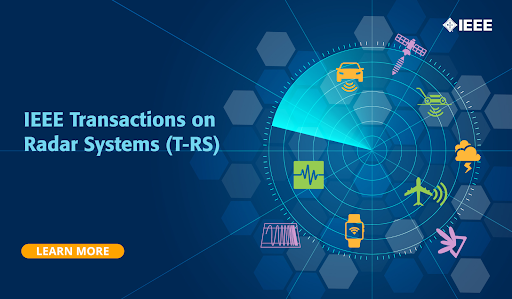
How did collecting disparate technical specialties into a single, comprehensive journal on radar systems come about?
Radar as a technology area has existed for quite some time, as indicated by the IEEE Milestone commemoration in 2019 [1] of Christian Hülsmeyer’s famous first demonstration of radar principles in Cologne, Germany in 1904 using his “Telemobiloscope”.
The Complex Role of Radar Through History
Since then, radar played a pivotal role in World War II, became an intrinsic part of the global air transportation network, provides vital early warning capability for severe weather, is an increasingly common safety feature in automobiles (and facilitator of emerging self-driving systems), enables the discovery of buried archeological artifacts and forensic evidence, is a critical component of myriad national defense applications, along with a host of other new uses. In short, there is a tremendous amount of ongoing research on technological advances and associated applications of radar. Consequently, one would assume that a dedicated IEEE radar journal has existed for quite some time.
Radar Goes Beyond “One-Size Fits All”
However, as may be gathered from the rather diverse list above, radar technology is the antithesis of the “one size fits all” paradigm, with the numerous applications further differentiated by the underlying technical specializations involved. These include areas within electromagnetics (propagation, scattering, antenna design), radio frequency engineering spanning components (filters, high-power amplifiers, mixers) to system architectures/modes, signal processing (analog and digital, interference cancellation), and more recently software-defined platforms based on FPGAs/GPUs as well as a growing number of machine learning intersections.
IEEE Transactions on Radar Systems: Collecting Many Specialties into One Journal
Due to this tremendous breadth of specialization areas, the publishing of radar research has historically been distributed across several different IEEE venues, which in turn are associated with the IEEE Aerospace & Electronic Systems Society (AESS), IEEE Antennas & Propagation Society (APS), IEEE Geoscience & Remote Sensing Society (GRSS), IEEE Instrumentation & Measurement Society (IMS), IEEE Microwave Theory & Technology Society (MTTS), the IEEE Sensors Council, IEEE Signal Processing Society (SPS), and the IEEE Vehicular Technology Society (VTS). It should therefore come as no surprise that these 8 distinct units comprise the consortium overseeing the new IEEE Transactions on Radar Systems journal, collecting these disparate technical specialties into a single venue having radar as the common focus, and thereby also greatly strengthening the connectivity across radar’s inherently interdisciplinary landscape.
How an Idea Becomes an IEEE Journal
The road to TRS becoming a reality began in the Spring of 2019, when Blunt in the capacity of Chair of the AESS Radar Systems Panel (RSP) asked Greco to lead an ad hoc committee to study the need for a dedicated IEEE radar journal. The results of this study, with considerable input from the RSP at large, was ultimately delivered as a proposal to the AESS Board of Governors in Fall 2019, where Greco and Blunt were at that time likewise serving.
The proposal having received strong support from the AESS leadership, Greco subsequently led a considerable effort to organize support across the 8 different IEEE units above, with radar-oriented elements inside each unit indicating great excitement for the strengthened collaborative potential that such a journal would facilitate. Of course, it was important to carefully scope TRS so as not to undermine these existing technical communities, and for that reason, TRS maintains an imperative that prospective manuscripts must demonstrate a direct relevance to radar.
When the launch of TRS was formally approved, we came full circle with Blunt being selected as the inaugural Editor-in-Chief. The ensuing formation of the Editorial Board was undertaken to sufficiently span both the technical areas within radar and the geographical regions in which radar research has strong engagement. Moreover, the launch of TRS enjoyed the existence of a ready-made market of prospective authors in the global radar community who were hungry for a radar-dedicated IEEE journal. Indeed, it is this community that is driving the rapid growth and success of TRS, which is giving every indication of having a very bright future.
Shannon D. Blunt, University of Kansas
Editor-in-Chief, IEEE Transactions on Radar Systems
Maria Sabrina Greco, University of Pisa
Chair, IEEE TRS Steering Committee
President, IEEE Aerospace & Electronic Systems Society
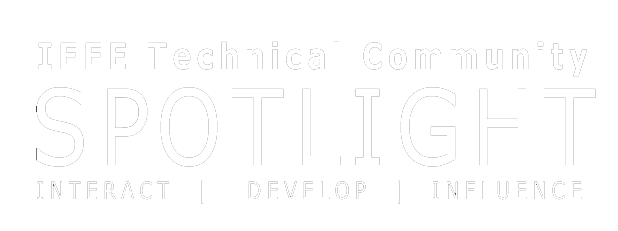

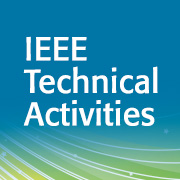
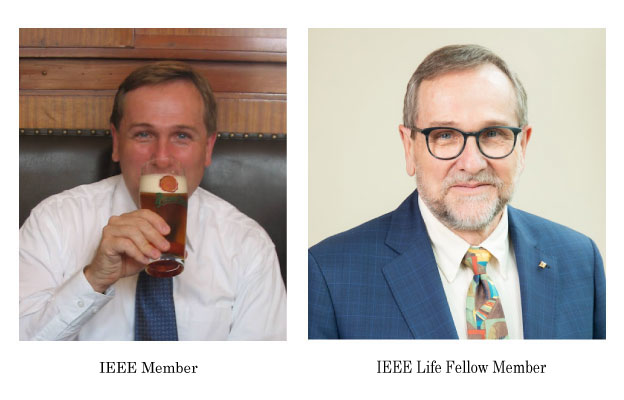

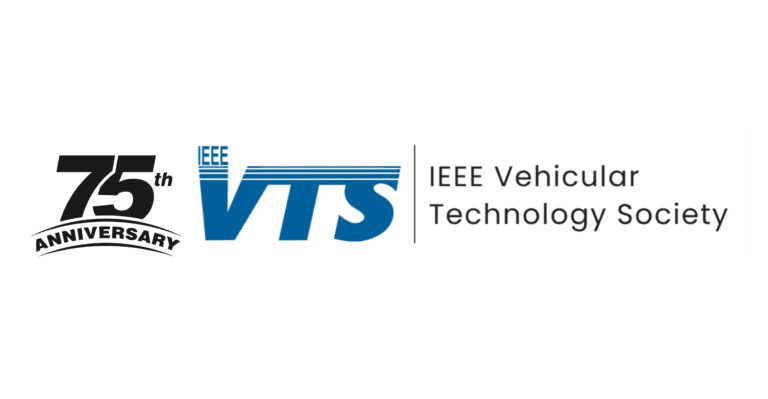
2 Responses
In my opinion, it is great news. I look forward to see this new Dedicated IEEE Radar Journal.
I am also looking forward and excited for the IEEE Radar Journal.